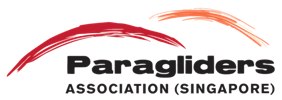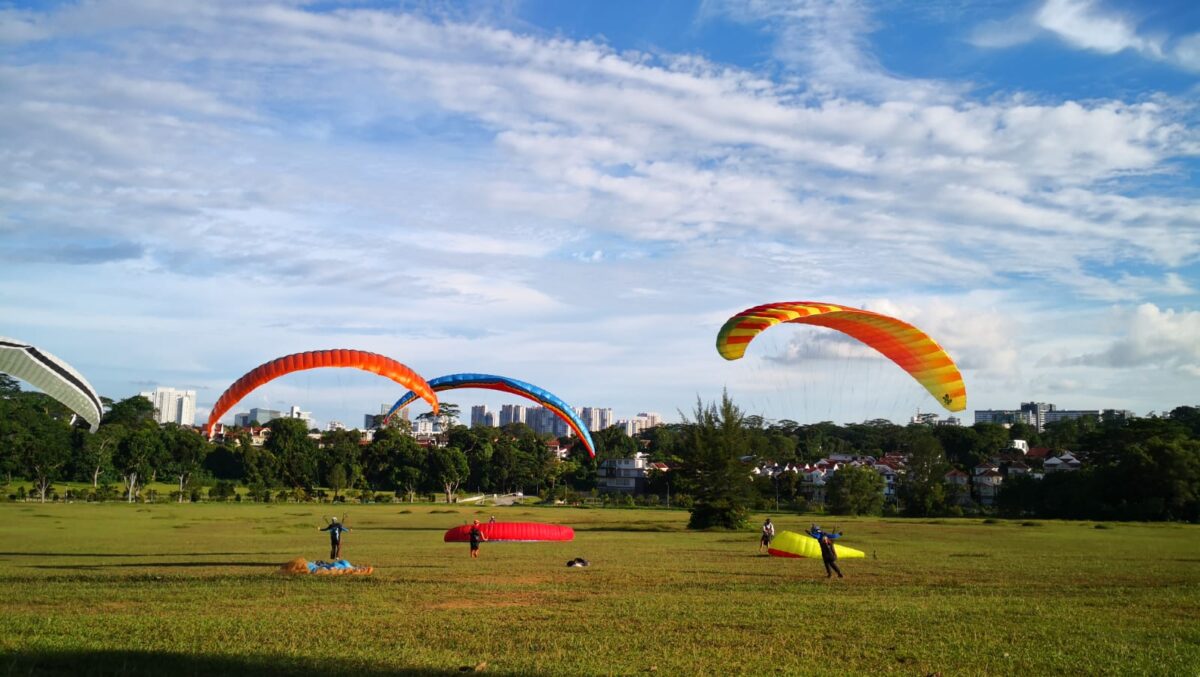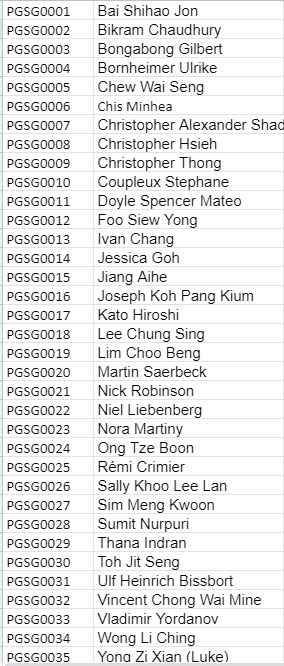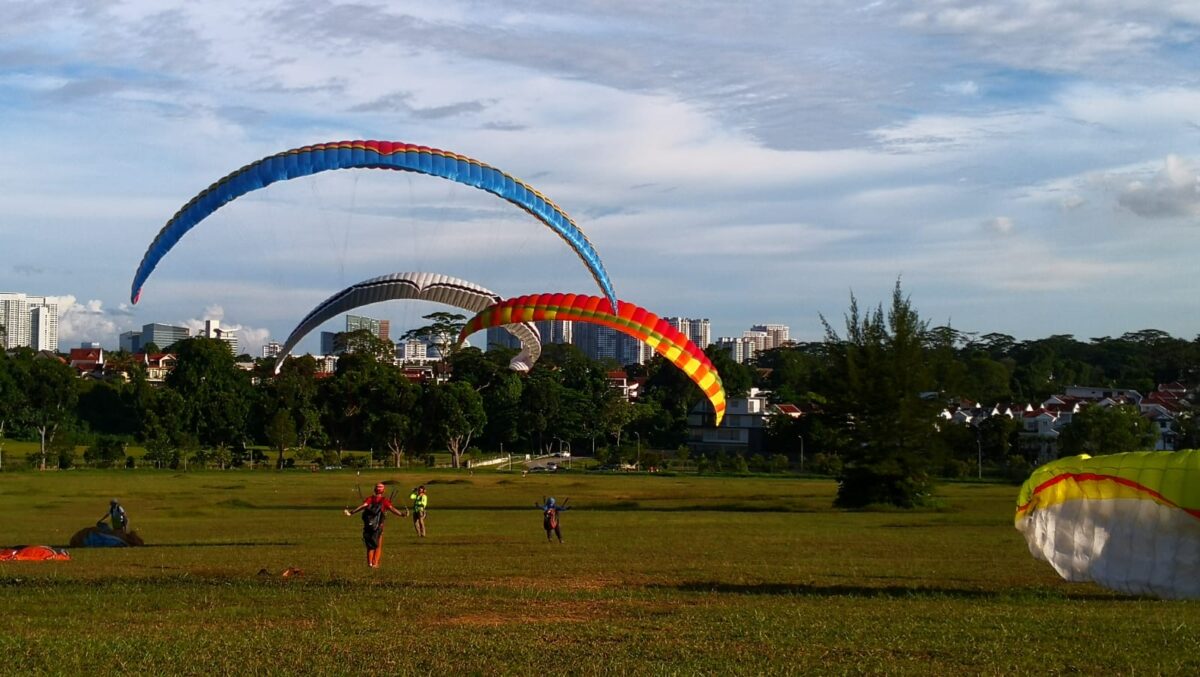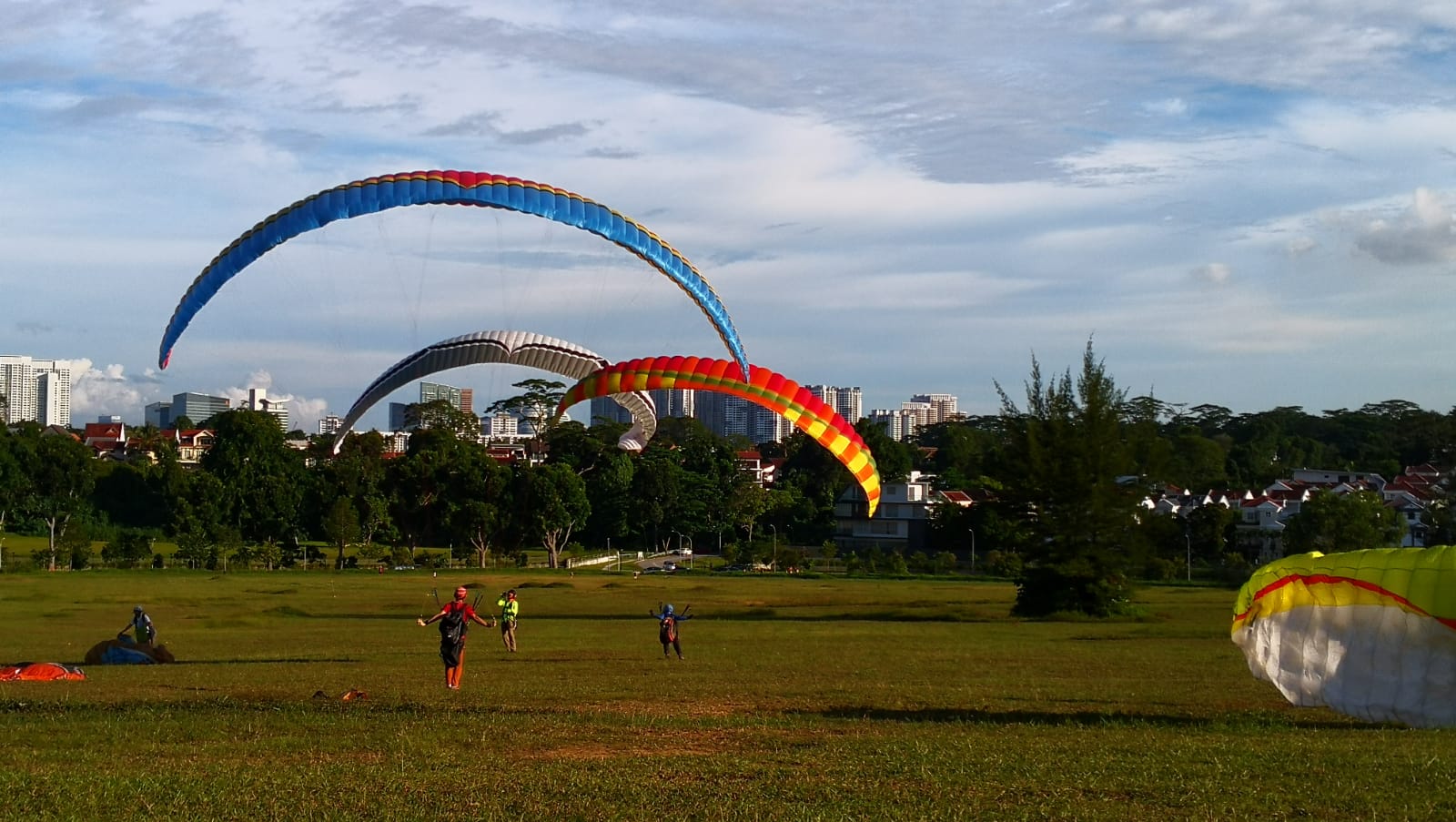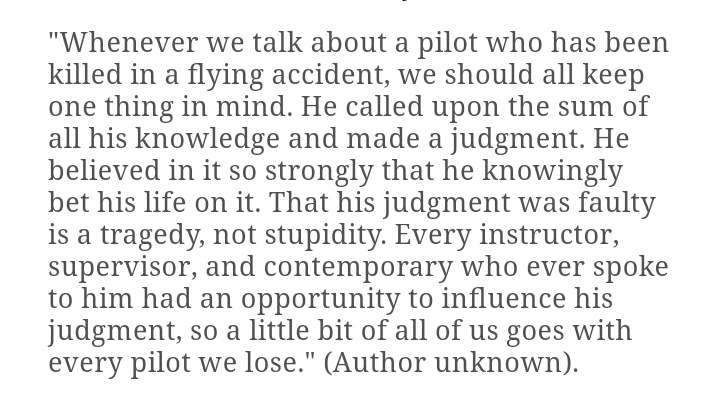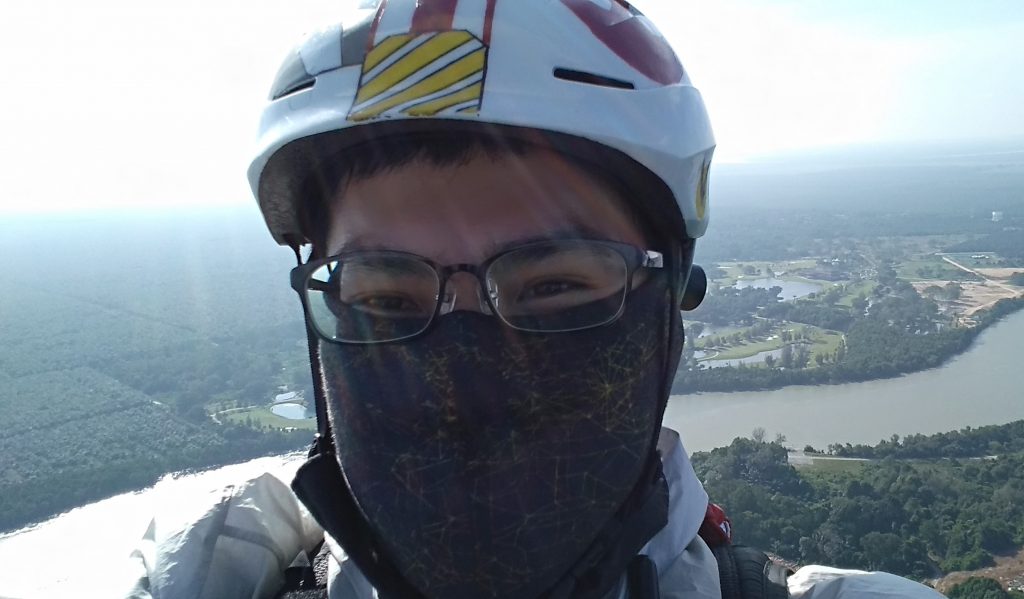From time to time, we receive queries on purchasing of equipment (especially from students/new pilots). Here is a list of questions for reference:
Paragliders Consideration
EN rating: A is beginner, En B is intermediate and C/D are advance/competition wings only recommended to frequent. Low En rating is more tolerant to pilot’s input error, but lower in performance (means poorer glide ratio). High En gliders on the other hand has better performance but might be too agile/responsive for students to handle. It is recommended to progress from low En rating (after flying at least 30 hours in varying/thermic condition, acquiring stably relatable landing skills before upgrading)Ensure all equipment (including glider, harness, reserve and helmets) are En/DHV certified. Read feedback from online (careful as a lot of sites are sponsored these days), gather feedback from fellow community and test fly where possible.
Year of glider release:
Technology advance quite rapidly. Gliders that are released more recently will have advance in design over one that is 2-3 years older.
Weight range
Different gliders have different weight range. For safety (lower chance of collapse and faster to recover), it is recommended to fly in 2/3 or ¾ of all-up weight range.
Harness Design
There are different types of harness designs including air bag, versus foam. Reversible, front loading versus rear loading reserve. A lot of people prefer air bag versus foam as it has smaller packing volume. However air bag needs to be inflated for it to take effect (can take up to 30sec after take off), but this is most vulnerable stage of flying as accident usually occurs during this stage. Front reserve container allows pilots the flexibility of removing bulky reserve and fly/GH without reserve. However front containers will also obstruct pilot/take off marshal’s ability to check and confirm carabiners are correctly striped in. Many piolots prefers reversible harness as it avoids pilot having to carry additional packing bag. However to handle reversibility, many harnesses sacrifice safety/comfort. In addition, any wear and tear during transit of these reversible harness will render harness’ airbag void from service. Note that different harness design suits different body size, flying pattern and skills. Eg. Performance harness has lower carabiner connection points, allowing easier weight shift, but might be too unstable for beginner pilot. Oversized harness will get thrown around in harness, but if it is too small, one cannot easily sit into the harness and risk spinning.
Considerations when buying a Reserve:
Many different types in the market including Pulled-down apex, square, round, steerable, Rogallo, etc and each has it’s pros and cons. Important is – make sure you have the resources/know-how to have them repacked. (Recommended to repack/inspect every 6 months especially given humid climate in Singapore – eg. use of low grade rubber bands that melts in tropical weather).
· Packing volume/weight, rate of descent,. rate of pendulum, Critical Loading (how much G force reserve can sustain).
· Date of manufacture – Reserves has maximum lifespan of ten years (reduced if not maintained properly). Check date of manufacturing to ensure reserve bought are new.
Compatibility Test
Whilst glider, harness and reserve are En certified. However it does not implies they are all compatible. For example, we have seen reserves cannot be deployed even after handle is fully extended, reserve bridle is of different length from harness design, reserve is too big and cannot fit into harness or too small and wobble in compartment, harness connection point is too low for glider etc.
Renting versus buying
Considerations for buying versus renting are:
· With regular flying, one might over-perform training gliders very soon.
· Students pilots are prone to land in bush/tree and heartache if you damage new gliders.
· During training, the availability of choice to upgrade or downgrade depending on wind strength.
· Having own glider will allow pilot to be familiar with own glider characteristic, not having to share, more flexibility/time in GH and not having to accustom in every flight.
Buying new versus second hand:
When buying a 2nd hand equipment, best if you know the pilot. Check if glider has landed in salt water/tree/bush and exposure to UV. Line check (symmetric/asymmetric extension, internal breakage). Conduct porosity check. Check original source of glider (which dealer?) for availability of support/services. Check if manufacturer still supports in spare parts (line sets), reserve handles etc.
Dealer considerations
Perhaps this is one area that’s paid least attention. Paragliding equipment need to be serviced/inspected and hence dealer’s proximity, capability and service level are all very essential. Following outline considerations in choosing dealers:
– Product knowledge and technical skills to assess pilot’s flying capability and benchmarking against different brand/model
– Technical competency in performing annual checks including glider porosity check, stress points and weathering assessments, velcro adhesiveness, air in-take efficiency.
– Technical competency to perform compatibility test, deployment simulation, reserve installation and packing, line change, glider patch etc.
– Availability of assorted spare parts (eg. Brummel hooks, maillons, karabiners) and tools (eg. for reserve packing) locally.
– Efficiency and proximity for dealer in servicing safety notice (When a defect is reported on a certain product, manufacturer will issue safety notice to their dealers for recall and replacement of parts)
– General customer service (check with local community for feedback)
Paragliding Helmets
Some pilots choose to improvise with bicycle helmets rather than wearing helmets specially designed for paragliding. Whilst good bicycle helmets are also subjected to stringent impact test (2m drop on flat anvil – approx – 22.5kph) and CPSC Standard, they are not designed for paragliding. Paragliding helmets are certified under European EN966 standards, which has its’ own Impact management, helmet stability, retention system strength and extend of protection requirements. Both sets of standards do overlaps, but there are also areas that are significantly different. For example, paragliders need to be weary of line snag from helmet’s sharp edges/visors and generally needs broader area of protection (consideration of open versus full face helmets). Note also that wearing of non-EN certified helmets/equipment might render your insurance being void in some countries.

